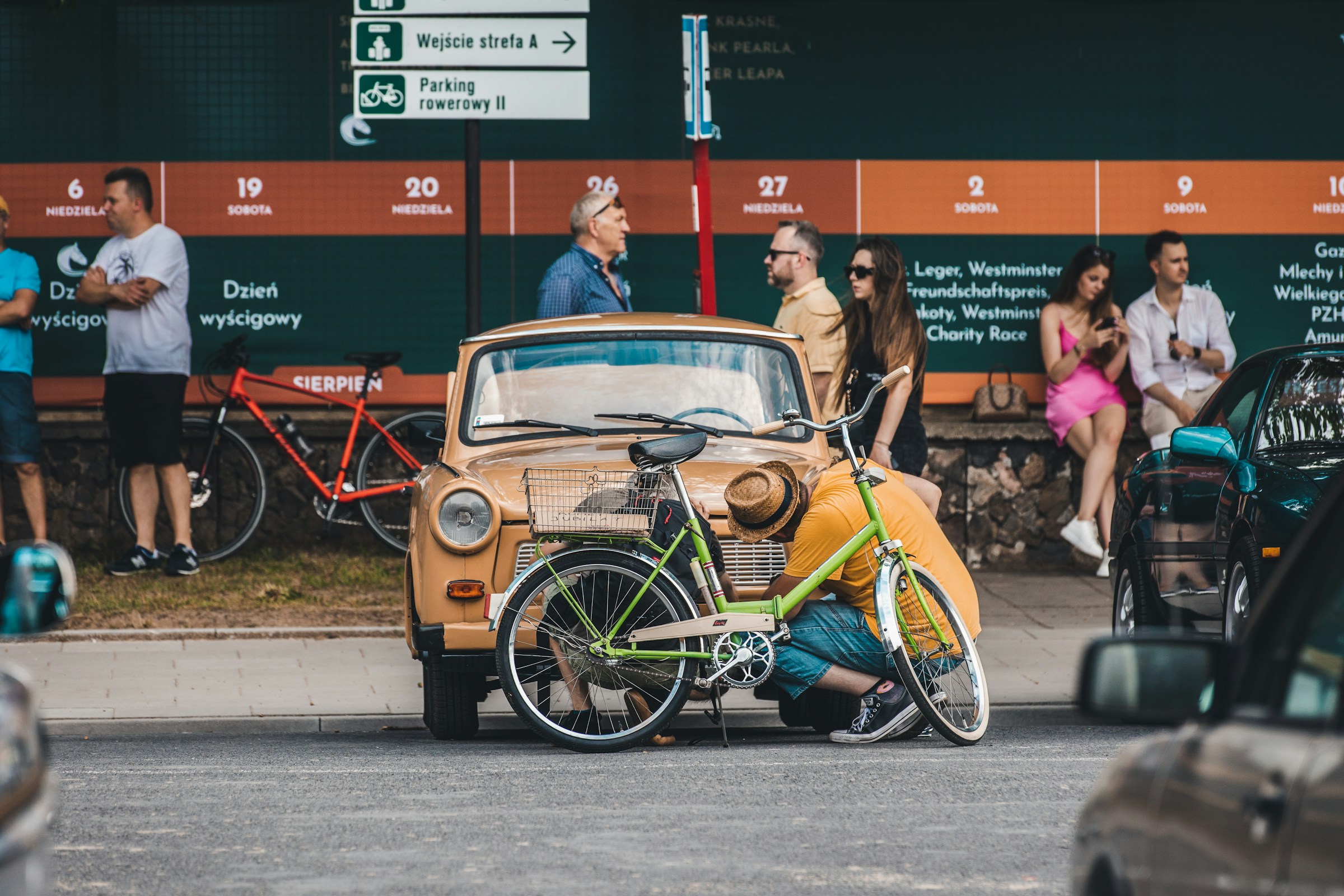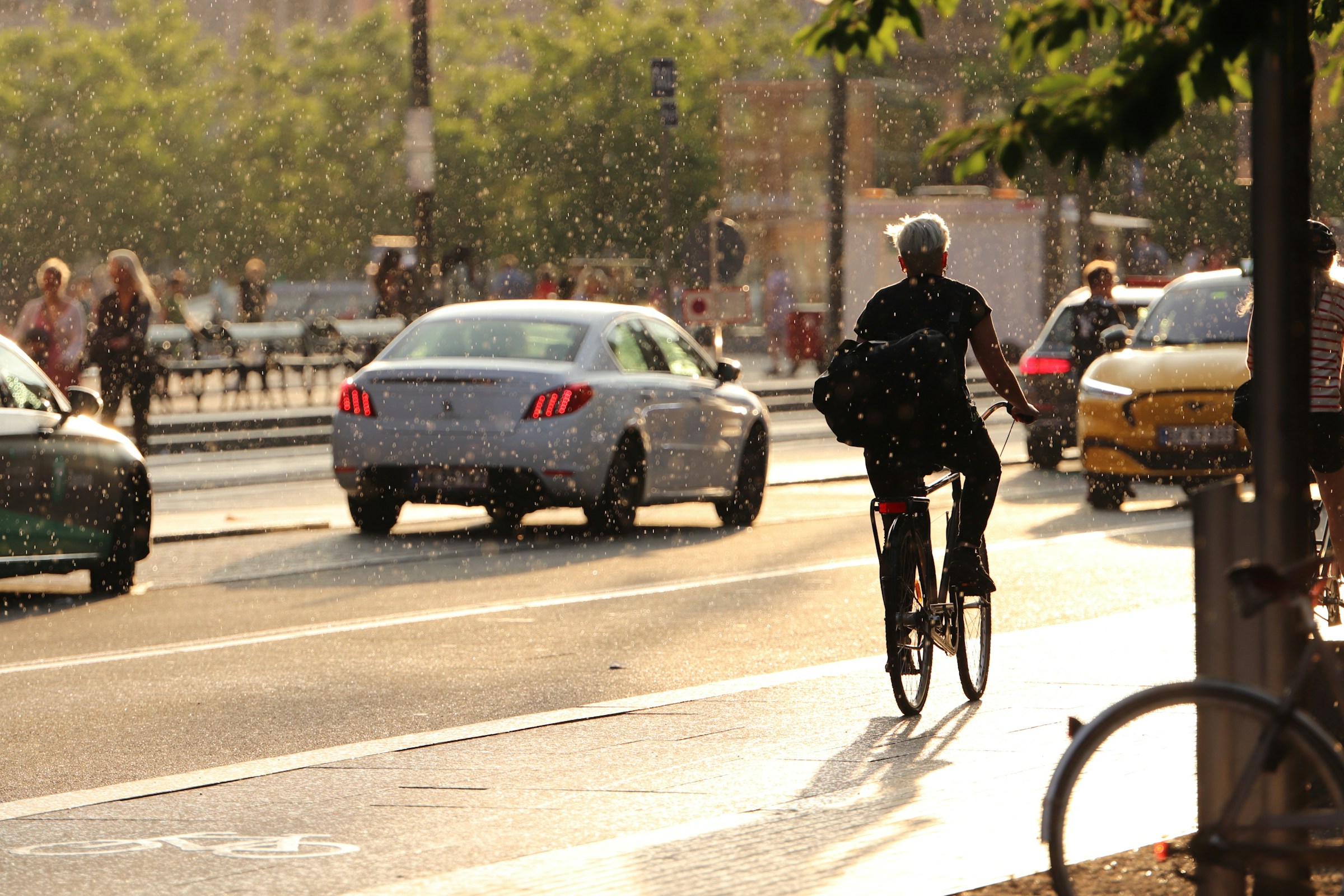Every cyclist knows the uneasy feeling of watching a car inch through a stop sign. It looks harmless until it isn’t. Across the country, failure to yield is still a leading cause of serious bike crashes. The rules are clear, yet plenty of drivers roll through intersections or assume a rider will give way.

The outcome can be brutal. When a driver’s failure to stop causes a crash, medical bills, missed work, and long recoveries follow. In that situation, a failure-to-stop bike accident lawyer can explain options and help sort out responsibility.
If we want fewer riders in ambulances, we have to look closely at the small habits that make intersections dangerous.
The Everyday Reality of Failing to Yield
Most drivers don’t think of themselves as careless. They stop at signs, ease through crosswalks, and glance at mirrors before turning. The damage comes from small lapses: rolling a stop, taking a right on red without clearing the bike lane, or creeping into a crosswalk while a cyclist is crossing. These moves are common, which makes them easy to excuse until someone gets hit.
Intersections carry the greatest risk. A driver turning right while scanning left for cars can miss a rider moving straight. A hurried left turn across an oncoming bike lane can turn into a classic left-cross crash. Yellow lights invite gambles; cyclists pay when the guess is wrong.
Riders have little protection when that guess goes bad. There’s no steel frame or airbag to absorb the hit. One mistake can mean broken bones, head injuries, or months off the bike.
Why Drivers Overlook Cyclists
Attention is a limited resource. Most drivers are tuned to look for cars and trucks, not bikes. A cyclist blends into parked vehicles, tree shade, or the clutter in a side mirror. At busy intersections, where eyes bounce between signals, lanes, and pedestrians, the smaller profile often disappears.
Inattentional blindness is a real factor. The brain filters what it doesn’t expect to see. Add a screen distraction, a podcast, or a quick conversation, and the chance of missing a cyclist increases. Impatience pushes it over the edge.
Street design often makes things worse. Faded crosswalks, worn stop lines, tight turning radii, and missing bike boxes reduce the cues that prompt a full stop. Poor sight lines at corners hide riders until the last moment. When the environment encourages rolling behavior, drivers follow suit.
The Numbers Behind the Problem
The scale of the issue is larger than many think. According to the National Highway Traffic Safety Administration, thousands of cyclists are injured each year in crashes where a driver failed to stop or yield. Dense urban areas see a disproportionate share because intersections stack close together and traffic stays heavy.
Those numbers track with familiar patterns: rolling stops, unsignaled turns, cars blocking crosswalks, and drivers treating bike lanes like merge zones. Streets with clear markings, visible bike boxes, and enforced stop lines see fewer of these collisions. Take those cues away and risk rises fast.
Public awareness efforts help, then slip from memory. As long as a quick roll-through feels harmless, the crash count won’t budge.
Accountability and Awareness on the Road
Prevention starts with personal responsibility. Drivers have a legal duty to yield, full stop. It isn’t courtesy. It’s the rule.
Cyclists can stack the odds in their favor with lights day and night, clear hand signals, lane positioning that keeps them visible, and eye contact at tricky corners. Even so, no amount of caution can offset a driver who enters a crosswalk or shoots a right turn without checking the bike lane.
Cities that combine targeted enforcement with smarter street design make real progress. The bigger shift still happens behind the wheel. Come to a full stop, take a second to scan for bikes, and set up turns correctly. Those habits change outcomes in quiet, measurable ways.

Shared Responsibility Works
Roads function when everyone follows the same simple expectations: stop when required, yield when appropriate, and stay alert. Cut corners and the system breaks down.
Clearer lane markings, protected bike lanes where volumes justify them, and corner designs that force slower turns make right-of-way choices simpler. So does a better grasp of the rules. Understanding road bicycle laws clarifies who proceeds first at stop-controlled intersections, how to set up a right turn next to a bike lane, and why rolling stops create blind conflicts.
Real safety grows from daily decisions. Come to a full stop. Yield when the law says to. Look for the rider you might not expect to see.
Conclusion
Failure to yield is easy to prevent and devastating when ignored. The fix isn’t complicated. Pause at the line. Check the bike lane. Wait the extra second. Treat bikes as vehicles with the same claim to the road.
Those small choices decide whether a ride ends with a wave through the intersection or a ride to the hospital.
Article Last Updated: October 28, 2025.
